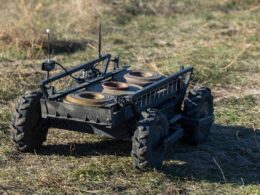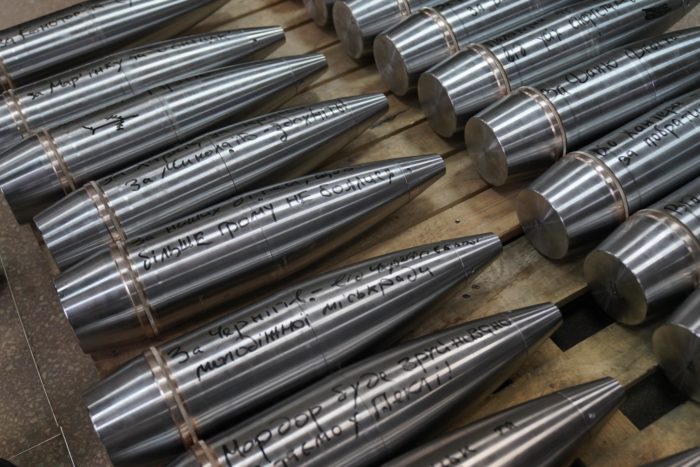Ukraine's Ministry of Defense has announced the development of specialized mine-resistant boots designed to mitigate the risk of foot and leg injuries during demining operations.
As Ukraine's deminers work tirelessly to clear the massive areas contaminated by Russian landmines and other explosive remnants of war, their safety remains a paramount concern.
The initiative, led by the Central Directorate of Material Development and Support in collaboration with the Force Support Command, aims to provide sappers with a critical layer of defense against the devastating effects of anti-personnel mines. According to Vitaliy Polovenko, Deputy Minister of Defense, the primary objective of these boots is to preserve the sapper's limbs.
"Our specialists from the Central Administration study various samples of such shoes," Polovenko stated. "They are working on improving tactical and technical characteristics. According to the results of positive tests and the approved reference sample, such mine-resistant footwear will be provided for the Armed Forces of Ukraine (AFU)."
The concept of protective footwear for deminers is not new, but its history is marred by challenges and setbacks. The pursuit of a practical and effective solution has long eluded the military and humanitarian demining communities, Kyiv Post writes. In fact, the United Nations' International Mine Action Standards (IMAS) section covering personal protective equipment (IMAS 10.30) has completely removed references to ballistic protective boots in its January 2023 edition, citing concerns over their unproven effectiveness and the potential for a false sense of security.
The mine-resistant boots under development by Ukraine's Ministry of Defense are expected to feature a multi-layer sole composed of ballistic materials such as Kevlar. This design aims to deflect blasts and retain fragmentation from the detonation of anti-personnel landmines, thereby reducing the risk of severe injuries to the wearer's feet and lower limbs.
Dense minefields force Ukraine to change counteroffensive strategy – WP
However, scientific evidence suggests that the effectiveness of such boots may be limited, particularly against the types of anti-personnel mines commonly encountered in Ukraine, such as the Soviet/Russian PMN, PMN-2, and PMD-6. These mines contain relatively large amounts of explosives, and the material of the boots could potentially exacerbate injuries by introducing additional contamination into the wounds.
A 2004 NATO-sponsored study conducted by the Alliance's Research and Technology Organization (RTO) offered a scientific assessment of all demining personal protective equipment (PPE) and was equivocal about the utility of protective boots. Furthermore, the United States Army Institute of Surgical Research (USAISR) Lower Extremity Assessment Program (LEAP) study suggests that offering reliable protection against the size of mines most deminers are likely to encounter in Ukraine is an almost impossible task.
Despite these challenges, Ukraine's defense ministry remains determined to explore innovative solutions to safeguard its deminers. The scale of landmine defenses laid by Russian forces has highlighted the urgent need for the best possible PPE, as the AFU faces the daunting task of clearing liberated territories and supporting offensive operations.
The Ukrainian Ministry of Defense is currently testing these boots to determine their effectiveness and suitability for use in the field.
is a critical issue in Ukraine due to the extensive use of landmines by Russian forces. The process of demining is costly and time-consuming, requiring specialized equipment and trained personnel. Ukraine's allies, including the Ramstein coalition, have prioritized providing demining equipment to support Ukraine's efforts. Initiatives like the demining coalition led by Lithuania and financial support from countries like Switzerland and Canada are crucial in addressing this challenge.
Innovative solutions, such as the development of mine-detecting drones, are also being explored to enhance the efficiency and safety of demining operations. In particular, Ukraine is testing the ST1 drone, a domestically-produced mine-detecting drone, to accelerate and improve the safety of demining operations, aiming for a more efficient and secure process in clearing mines from Ukrainian territory.





